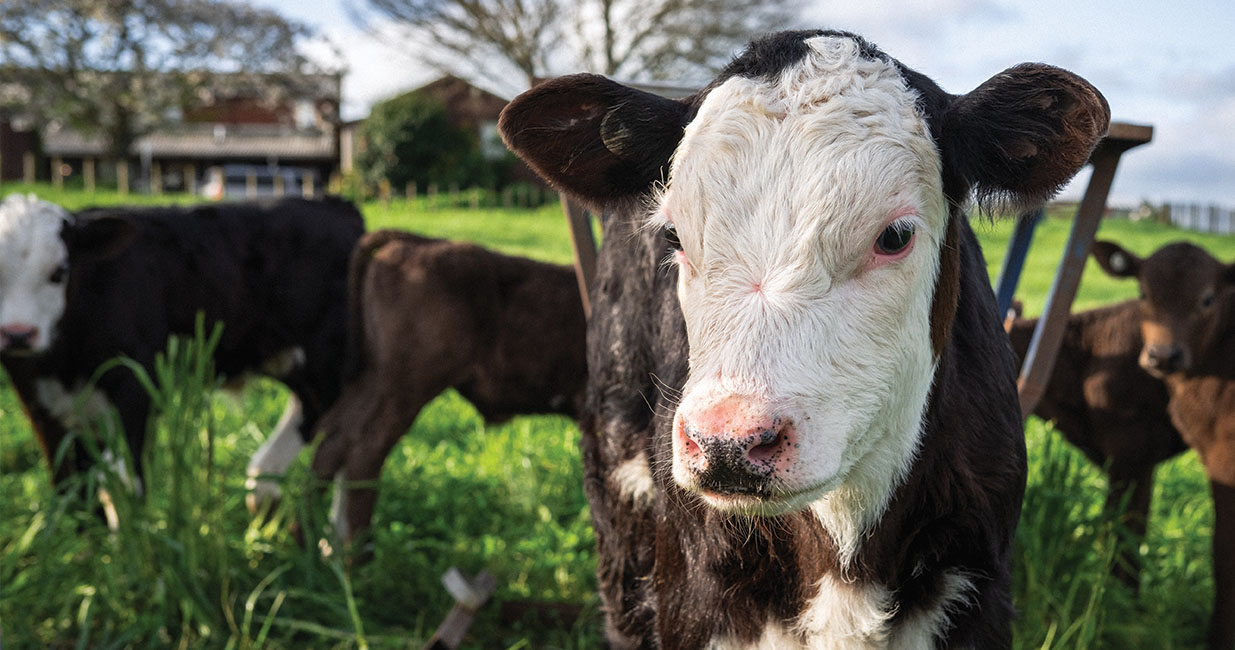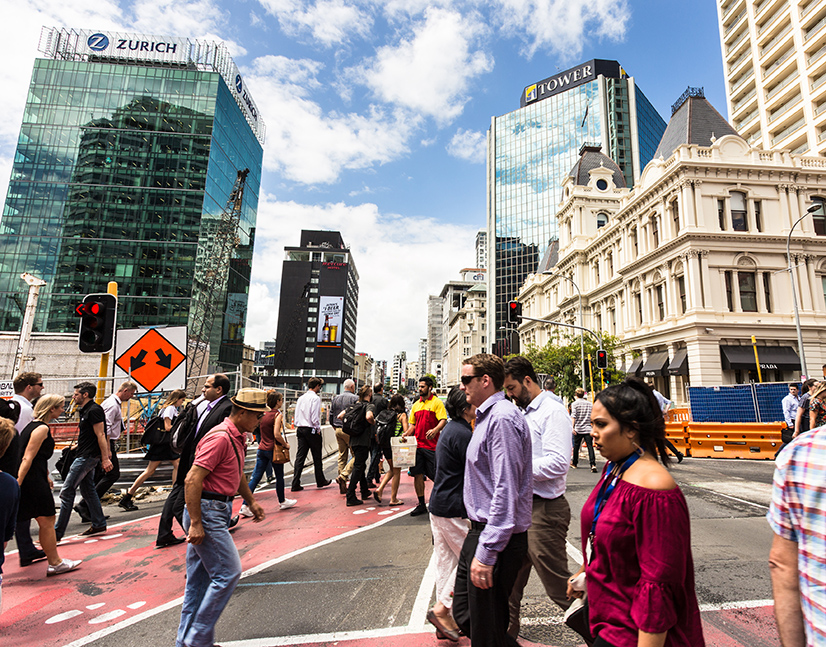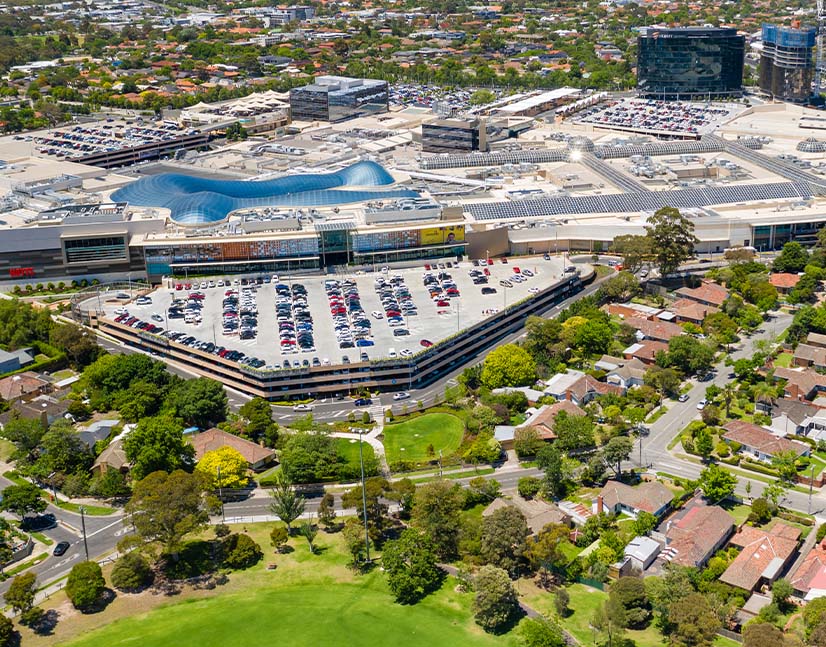
Fonterra eyes all-sustainable debt future following framework publication
Fonterra Co-operative Group has long been a subject of significant interest in New Zealand sustainable finance, given the company’s scale and the transition challenges facing the agriculture sector as a whole. Following the release of Fonterra’s sustainable finance framework, in mid-October, the company’s Auckland-based director, capital markets, Simon Till, talked to KangaNews about future funding plans.
The framework allows Fonterra to issue debt instruments in green, social or sustainability use of proceeds (UOP) format, as well as sustainability-linked format. Why was it important to create a framework that would allow access to all these types of financing, and what label and instrument will Fonterra explore first?
Our first sustainability issuance is likely to cater towards the environmental part of ESG [environment, social and governance] and is consistent with investor expectations. As a food and agriculture business, greenhouse gases and emissions are one of our major considerations from a sustainability point of view, so investors want to see us focus on the most material and relevant factors to our operations.
Issuance in sustainability-linked or UOP format could both achieve this, but I think our first transaction will be the latter. We have scope-one and scope-two targets, and we are in the process of refining our targets and ambitions around scope-three. We will need to reach a position on this to do a meaningful sustainability-linked transaction.
What is the strategy behind the creation of the sustainable finance framework?
We refreshed our business strategy in September 2021 and decided on three key elements for our strategic direction: to focus on New Zealand milk, and to be a leader in sustainability, and in innovation and science. We released the sustainable finance framework because we want our funding strategy to align with this overall objective.
Sustainable finance has been developing for some time and we have spent that time observing, understanding and deciding how we want to participate. The market has changed rapidly over recent years – where it was previously quite fragmentated, there are now established principles and guidelines.
The key objective of our funding strategy is to optimise access to debt markets in all conditions. The sustainable finance framework makes sense as it enables us to package our debt offering to have the broadest possible appeal and audience. It also allows us to reflect and incorporate the preferences of stakeholders, including our capital providers and customers, into our thinking.
Did the process of creating the framework lead to any new perspectives or lessons?
Incorporating the perspectives of our capital providers resulted in quite a constructive and iterative outcome. I think external feedback into internal thinking generally leads to a better outcome. It can also help with setting ambitions, and possibly leads to more rapid or timely development toward them. Additionally, it can help make sure that what we are presenting as our goals and ambitions is well-aligned with our peers.
Almost half of New Zealand’s greenhouse gas emissions come from agriculture, a large part of this being methane from livestock. At the same time, dairy is also one of the country’s largest exports. In an industry where the profit margin is traditionally tight, what is Fonterra’s plan for addressing the methane issue?
There are a number of ways we are approaching this, but ultimately it comes down to finding scientific solutions through innovation that will help with methane. This is why we are invested in research and development and are working with other industry partners and participants.
A month ago, the New Zealand government also announced a joint venture between government, Fonterra and other primary producers in the area of finding a solution to methane.
We do not know what all the long-term answers, tools and solutions will be, but we acknowledge that we all need to contribute to the solution. One party cannot do it on their own. There will need to be collaboration to find a solution.
We need a continuous improvement mindset, but we also understand the additional cost this places on farmers, processors, and the supply chain. The problem requires everyone’s contribution and people need to understand both the benefit and the costs around it.
What are Fonterra’s primary areas of focus when it comes to its sustainability journey?
To give a sense of our commitment to sustainability, in our long-term strategy released in 2021 we noted that by 2030 we expect to invest NZ$1 billion (US$609.5 million) in sustainability at the co-operative level. This includes climate and emissions initiatives, as well as water, at the Fonterra level.
Fonterra has not printed a deal in the wholesale bond market since 2018 but has historically been a substantial issuer. What is the issuance outlook and how will sustainable issuance fit into this?
We have not refinanced any bonds for the last three years because we have been in a deleveraging phase. However, we have now reached a more stable leverage position so I expect we will begin refinancing bonds as they mature.
Our preference will be to make sure any bond refinancing is sustainable debt. In the next year, we also hope to make significant progress in restructuring our bank facilities to sustainability-linked loans.
Fonterra has a NZ$150 million bond maturity in March 2023 and a A$175 million (US$112.6 million) maturity in February 2024. How will you approach any potential issuance in 2023 given persistent market volatility?
In addition to the Australian and New Zealand markets, we have also been active in the US-private placement market and in Chinese renminbi – though that was when we had a lot more physical assets there. We have also done a euro bond.

WOMEN IN CAPITAL MARKETS Yearbook 2023
KangaNews's annual yearbook amplifying female voices in the Australian capital market.











